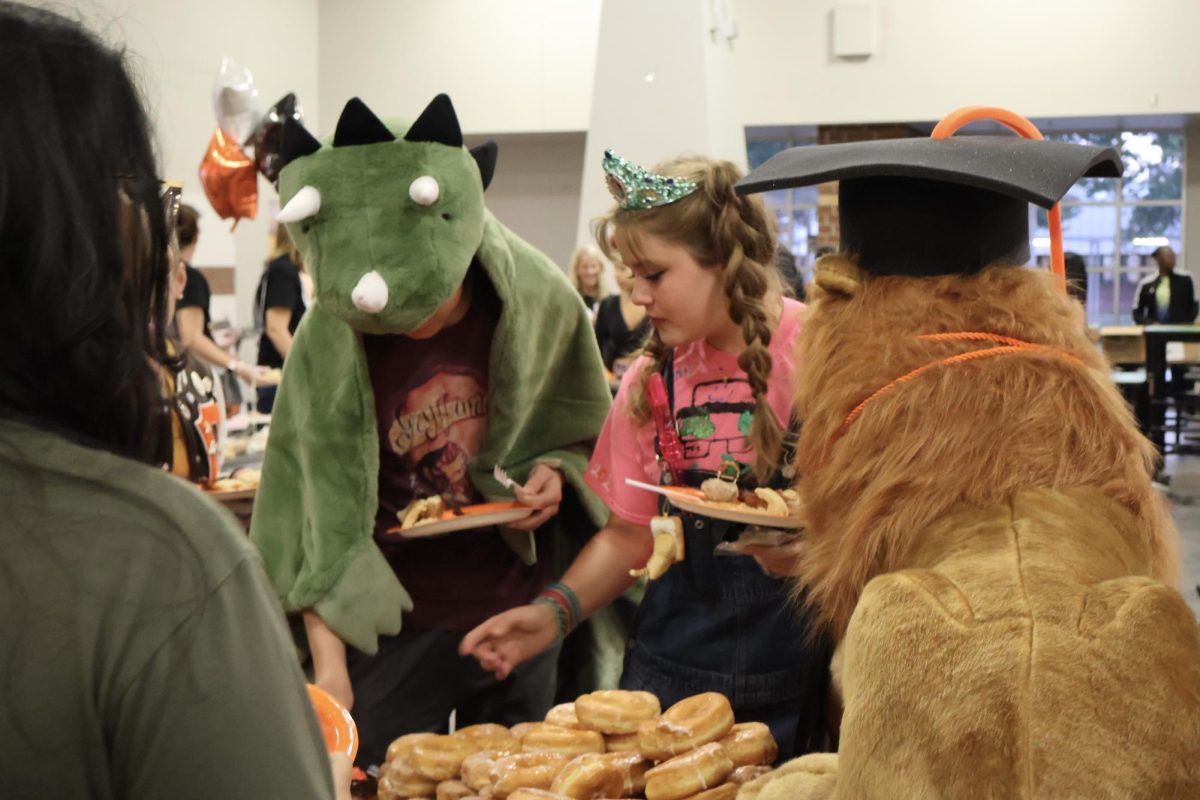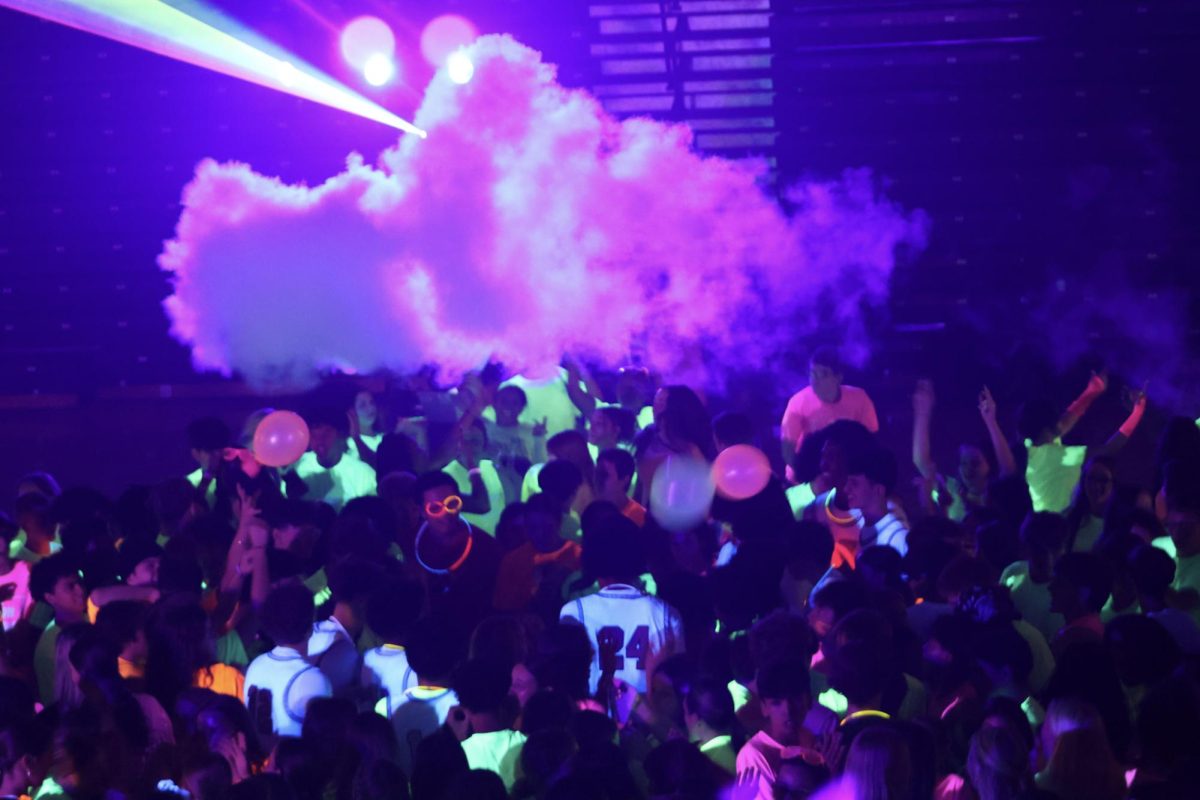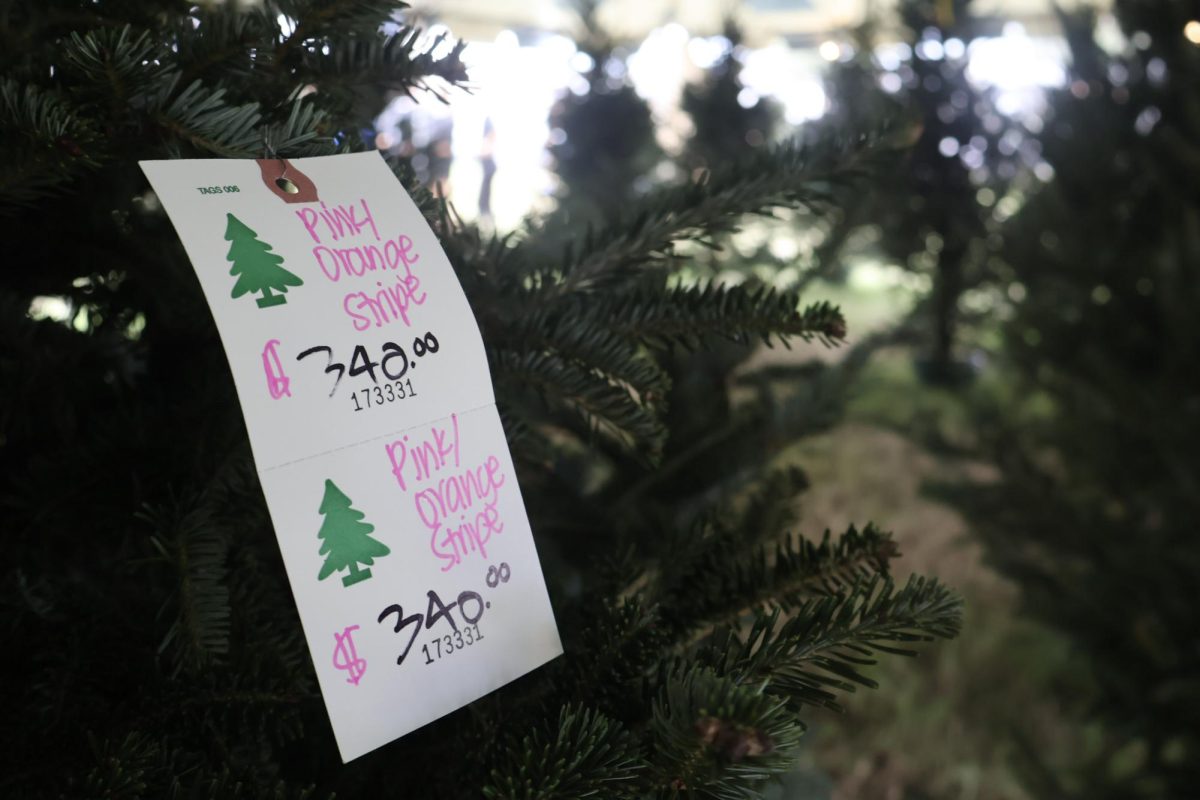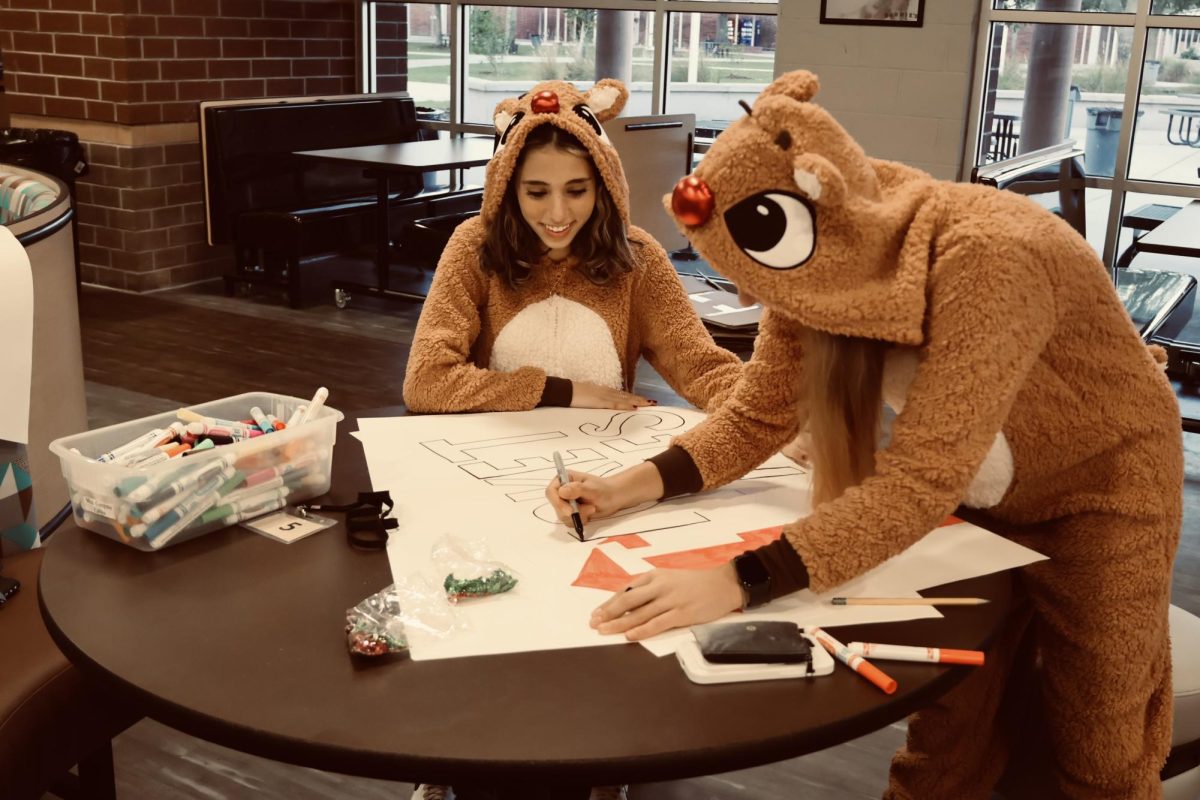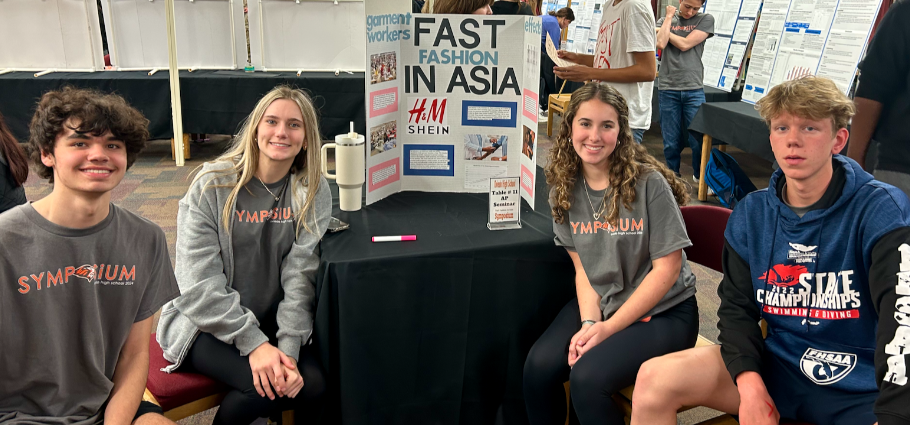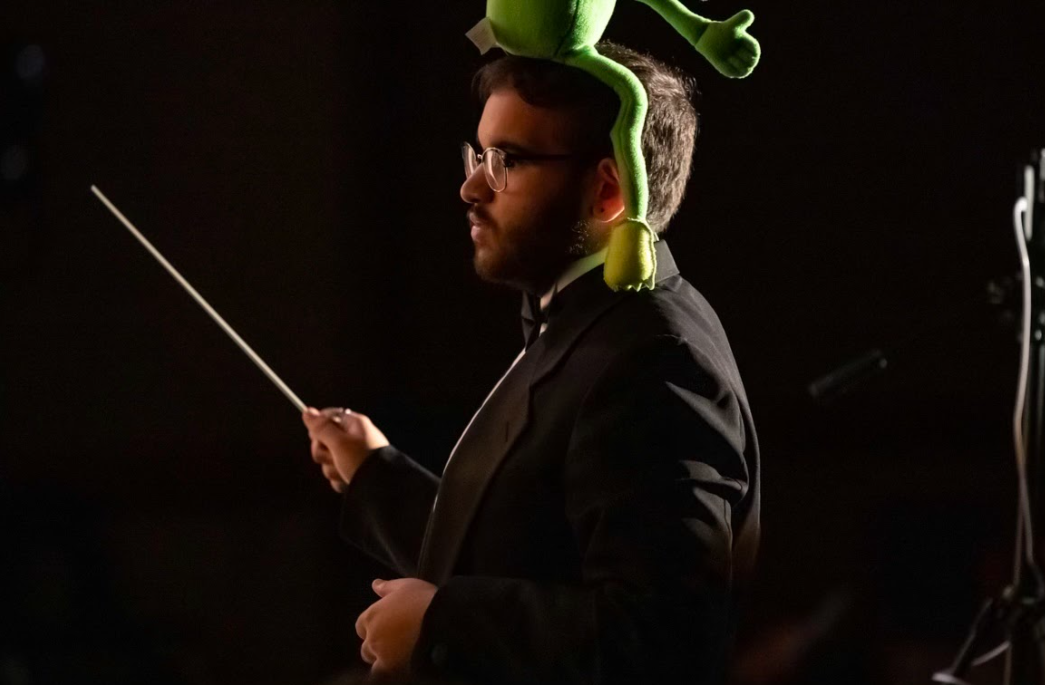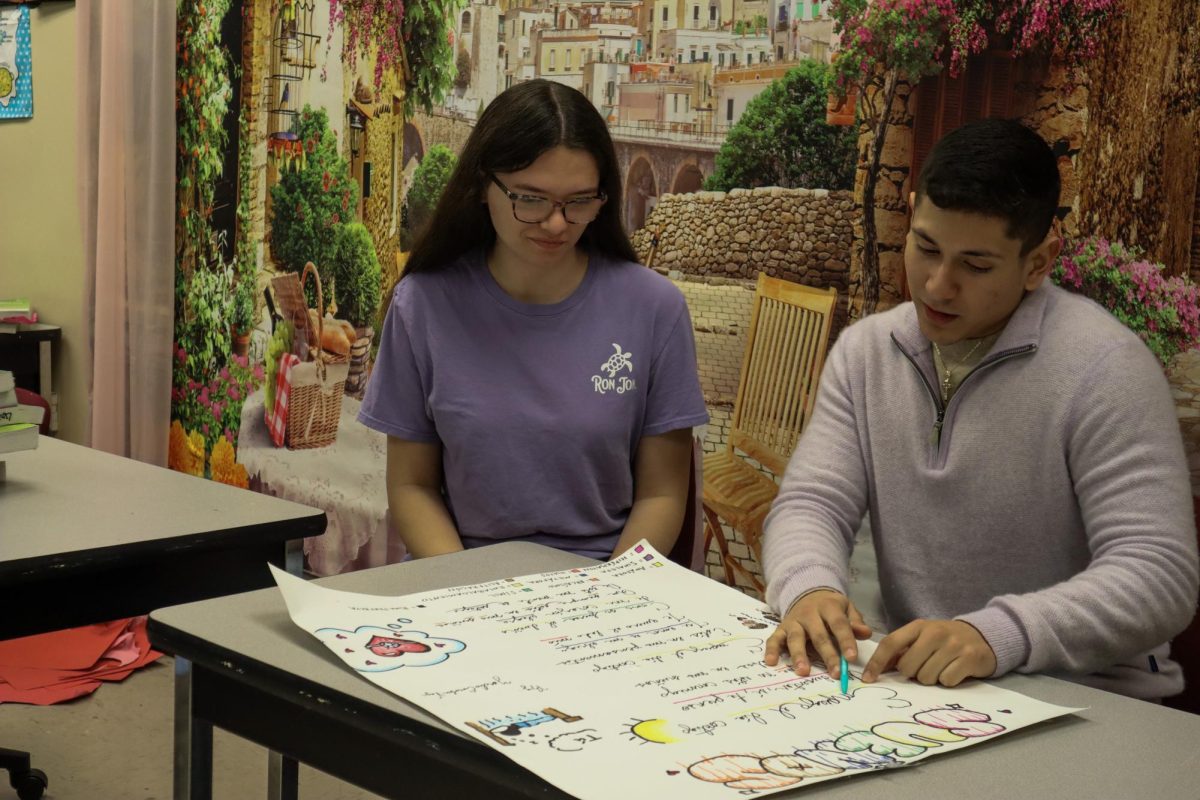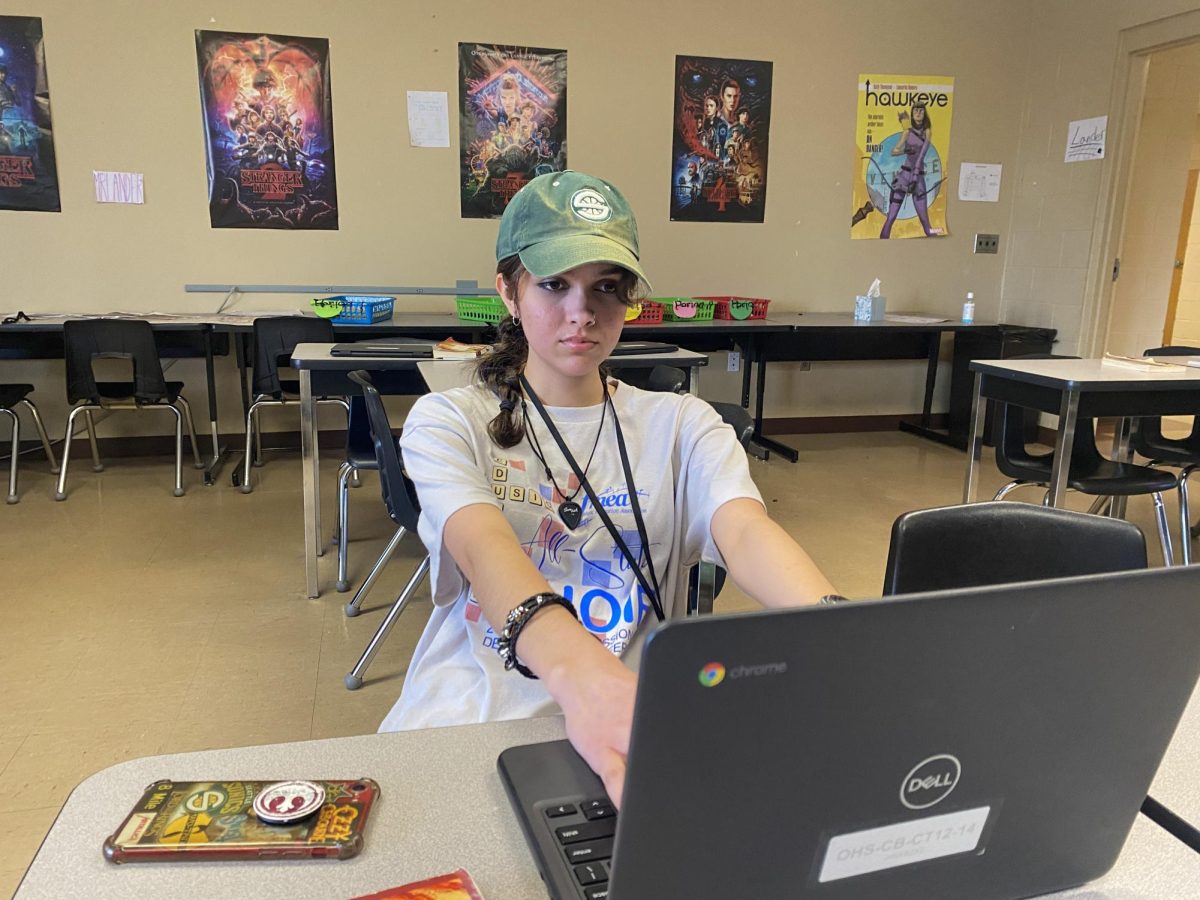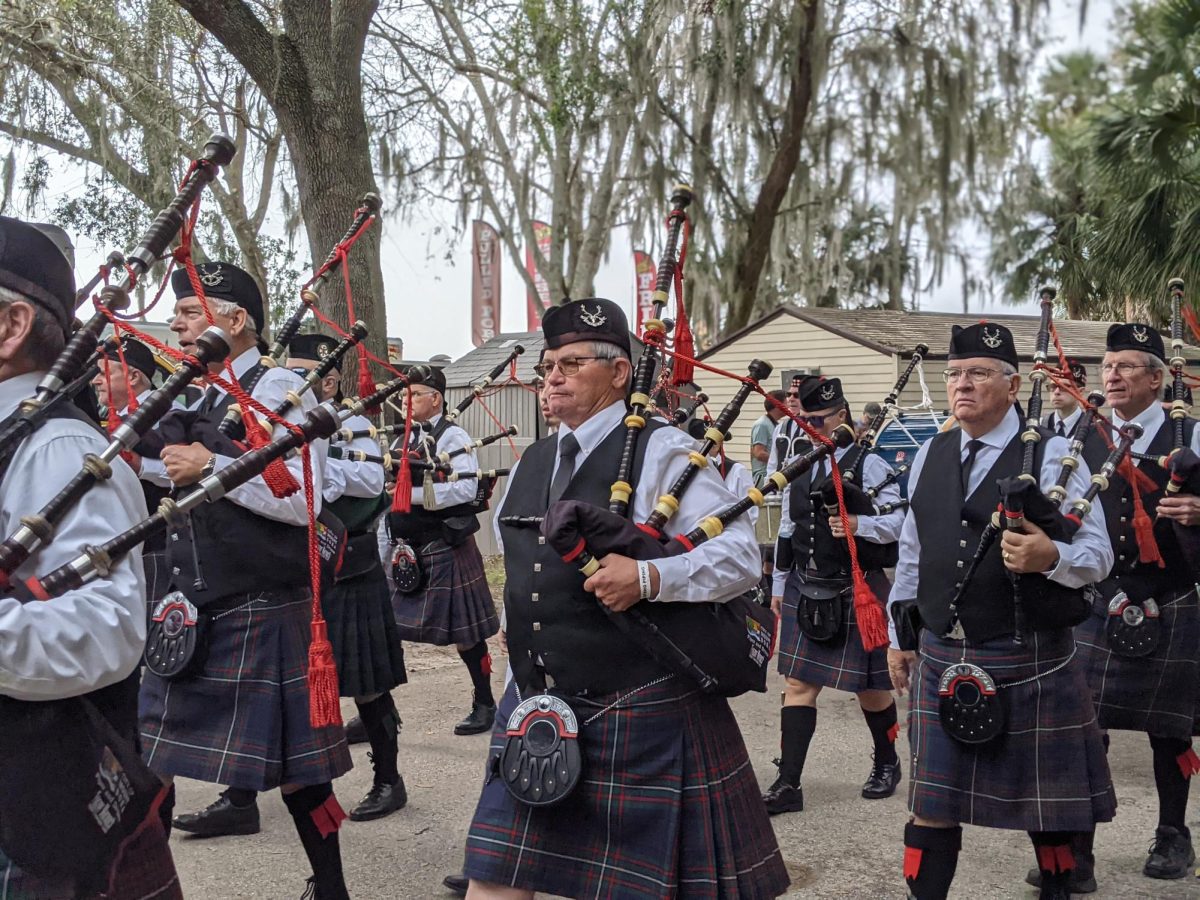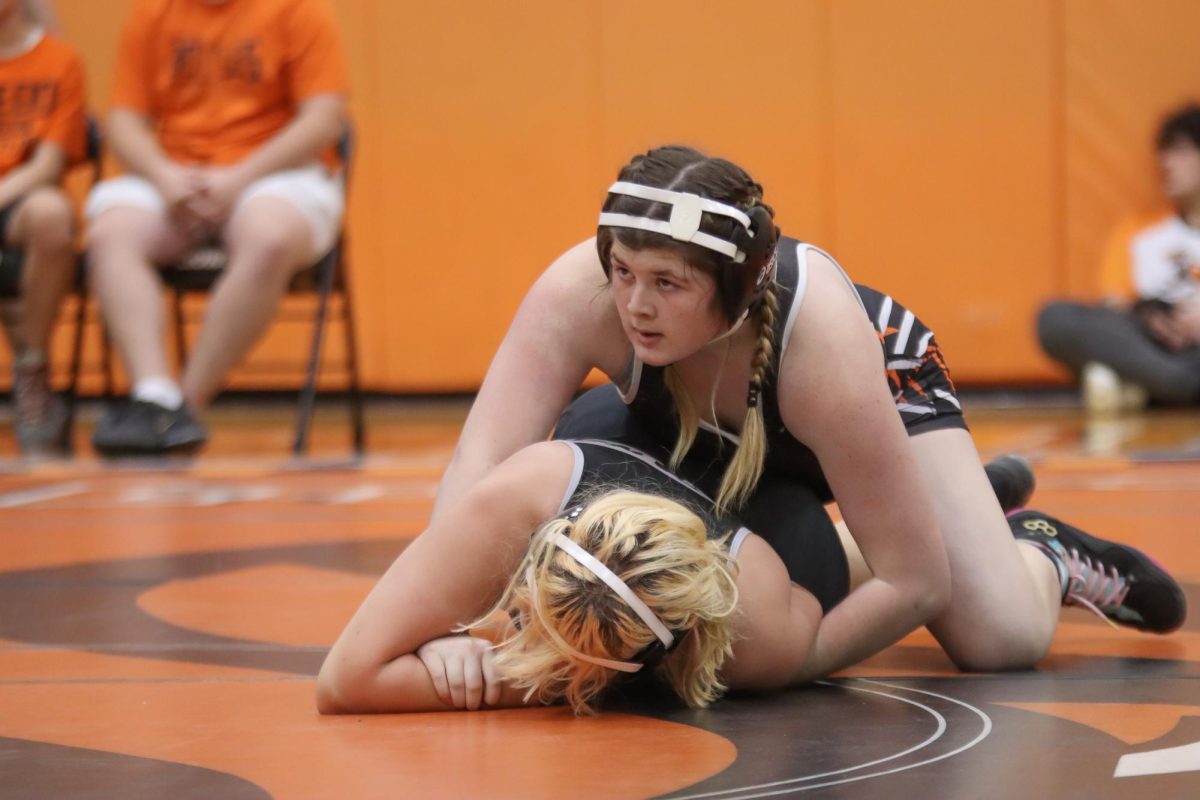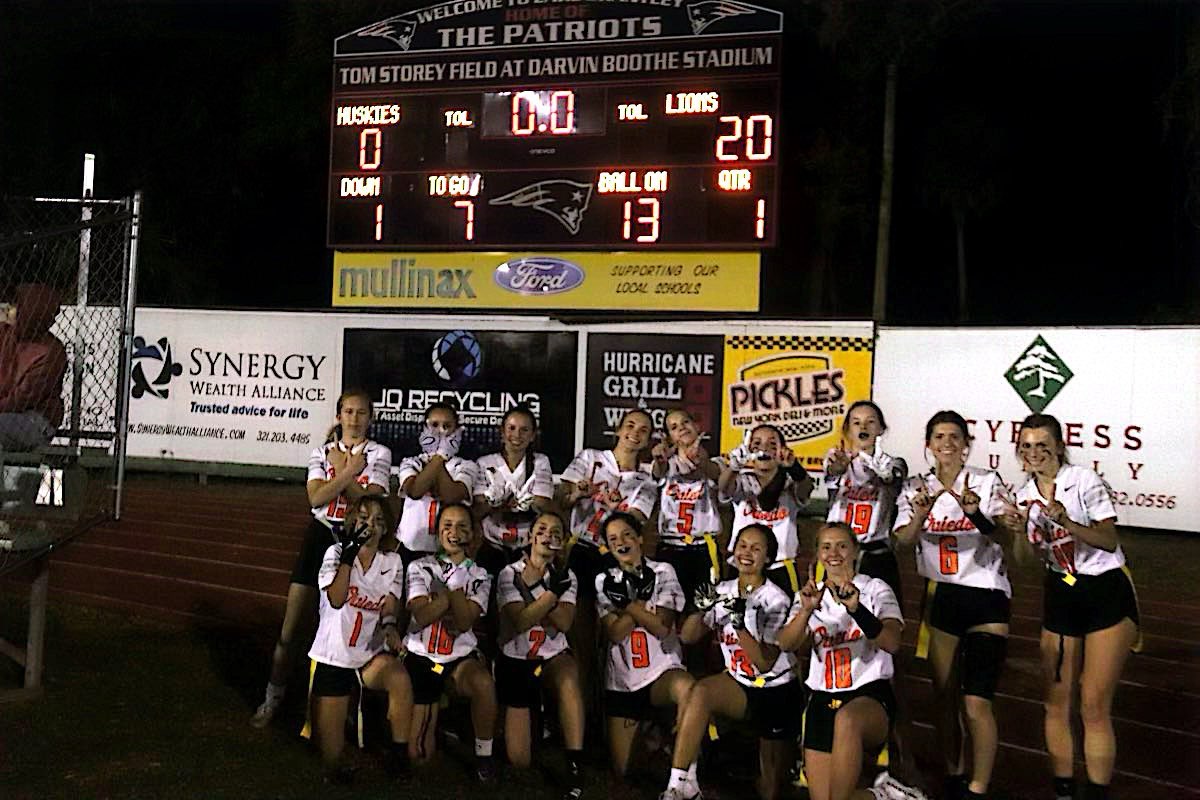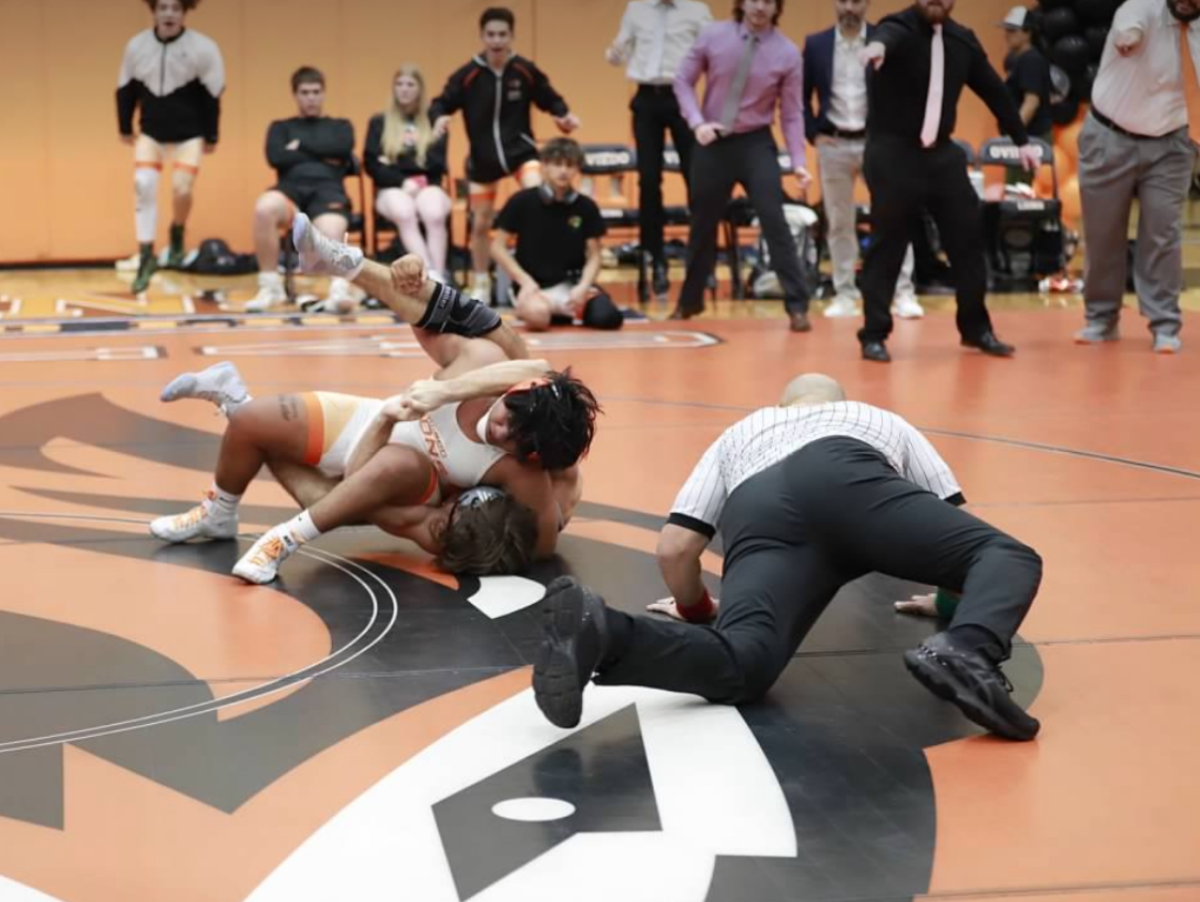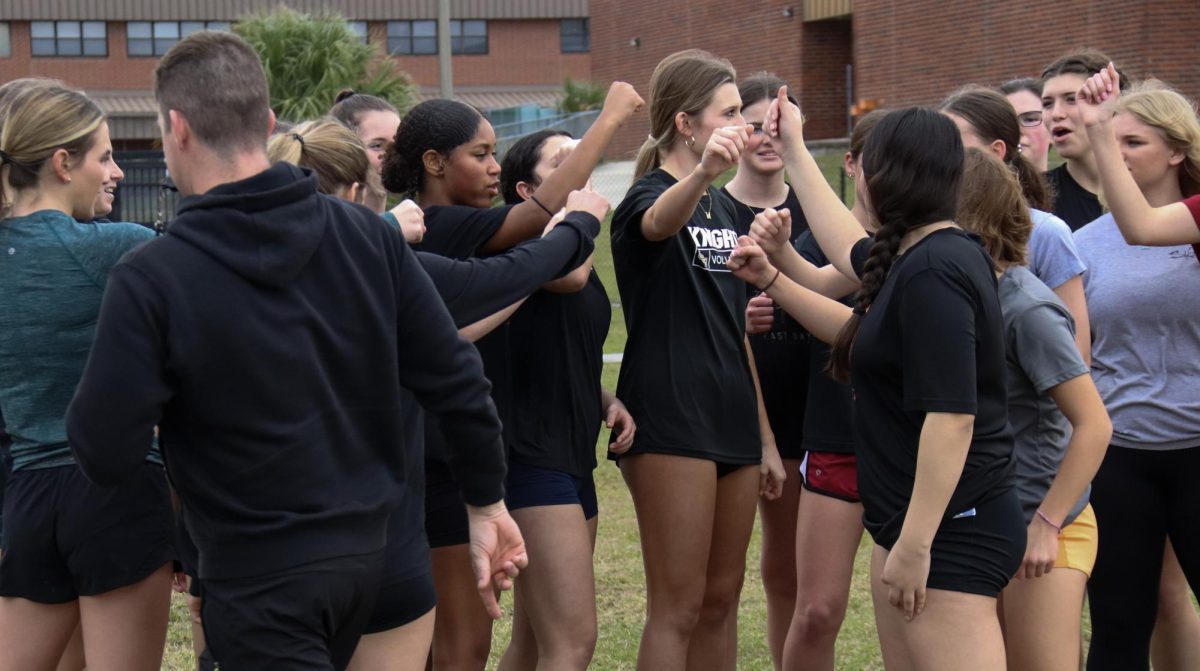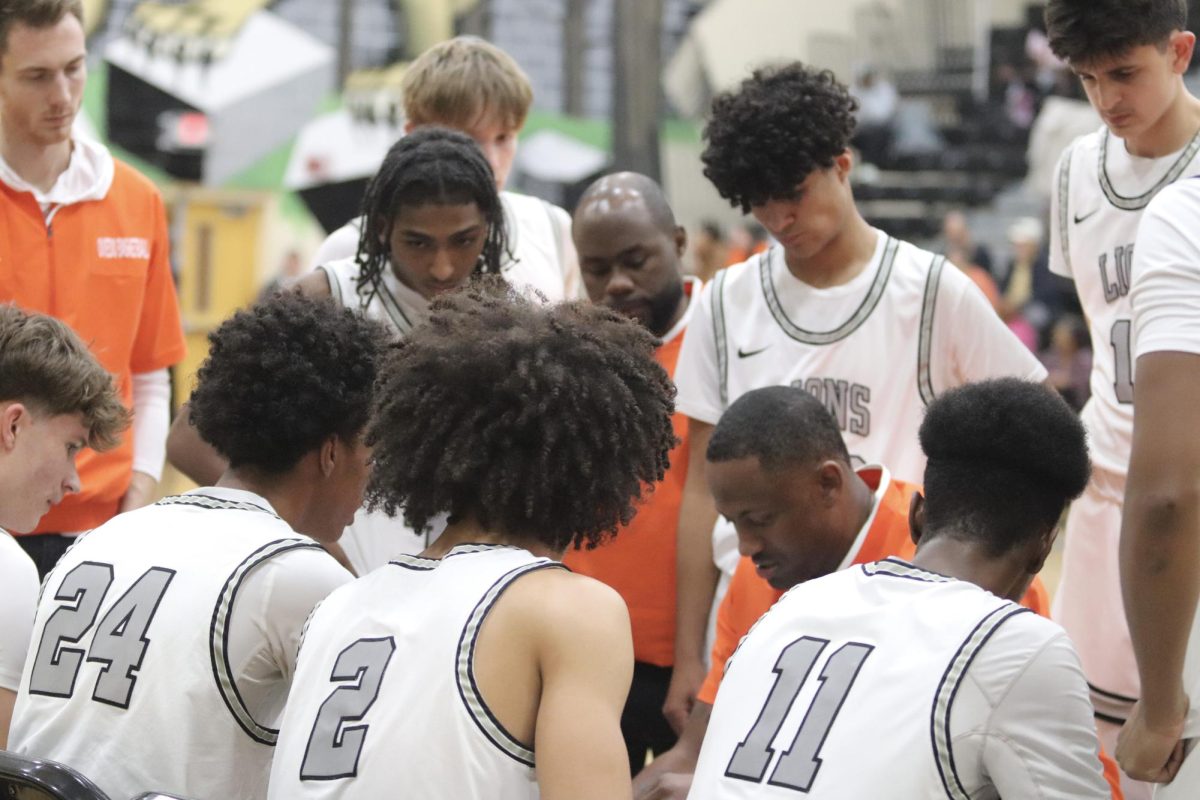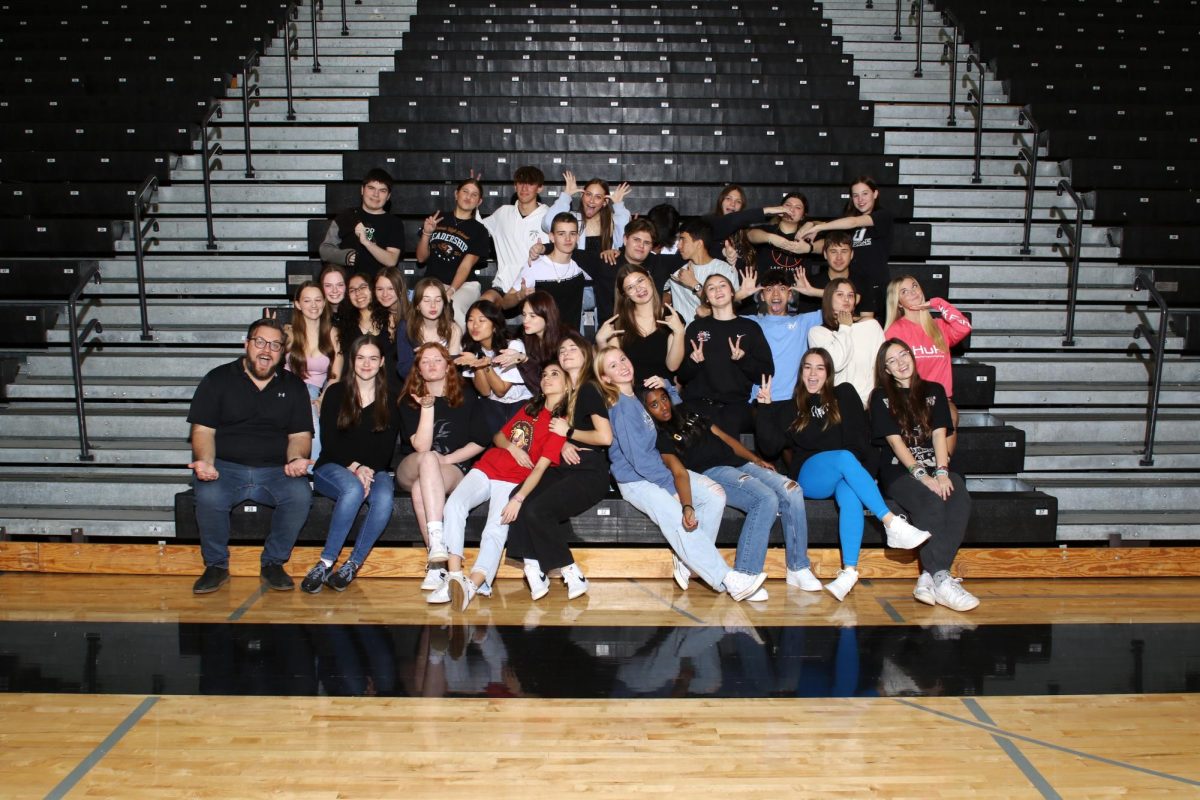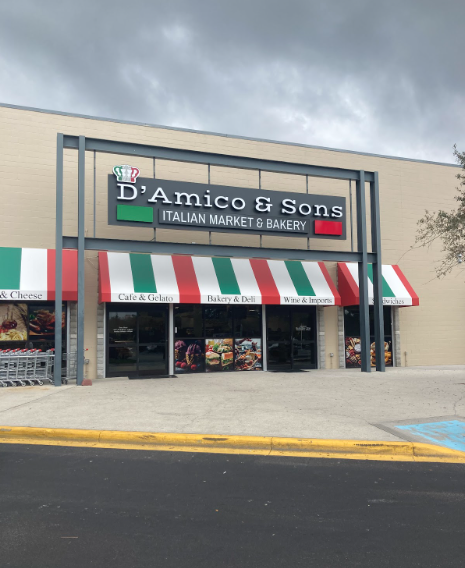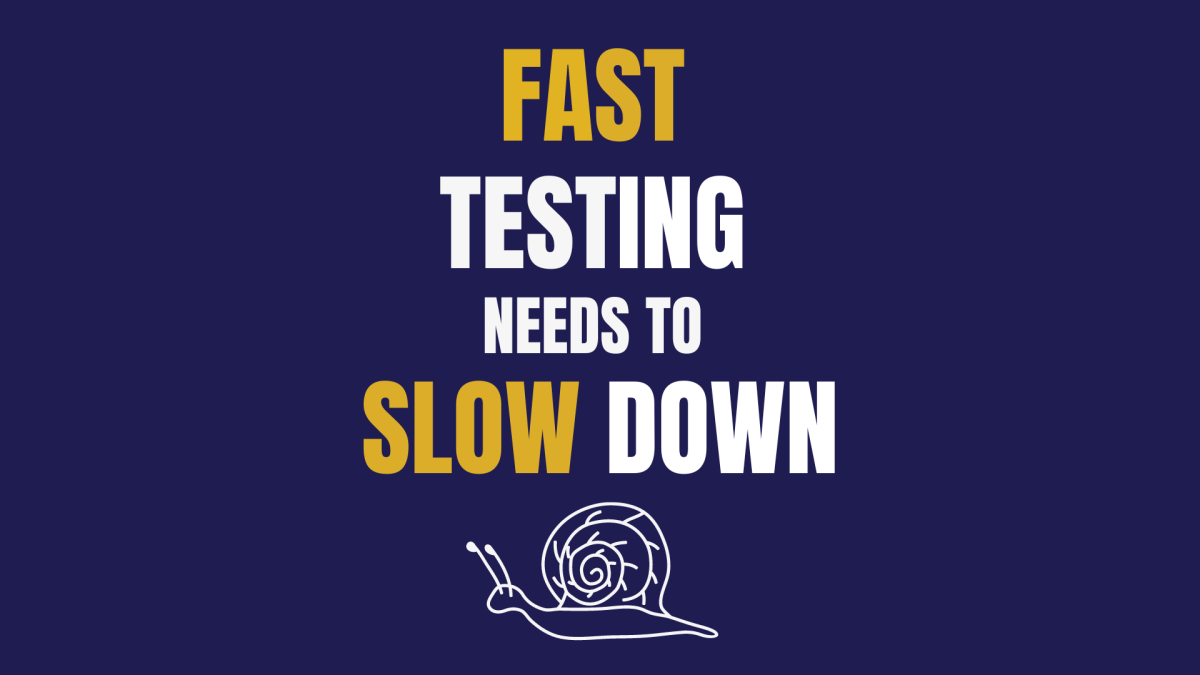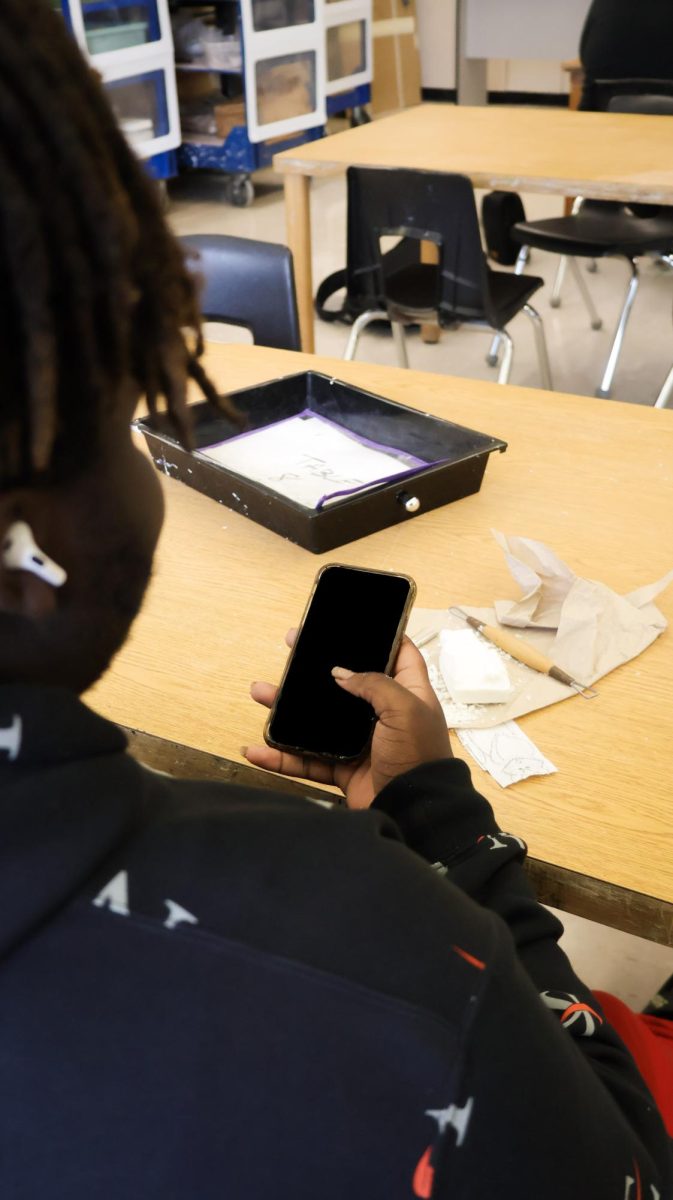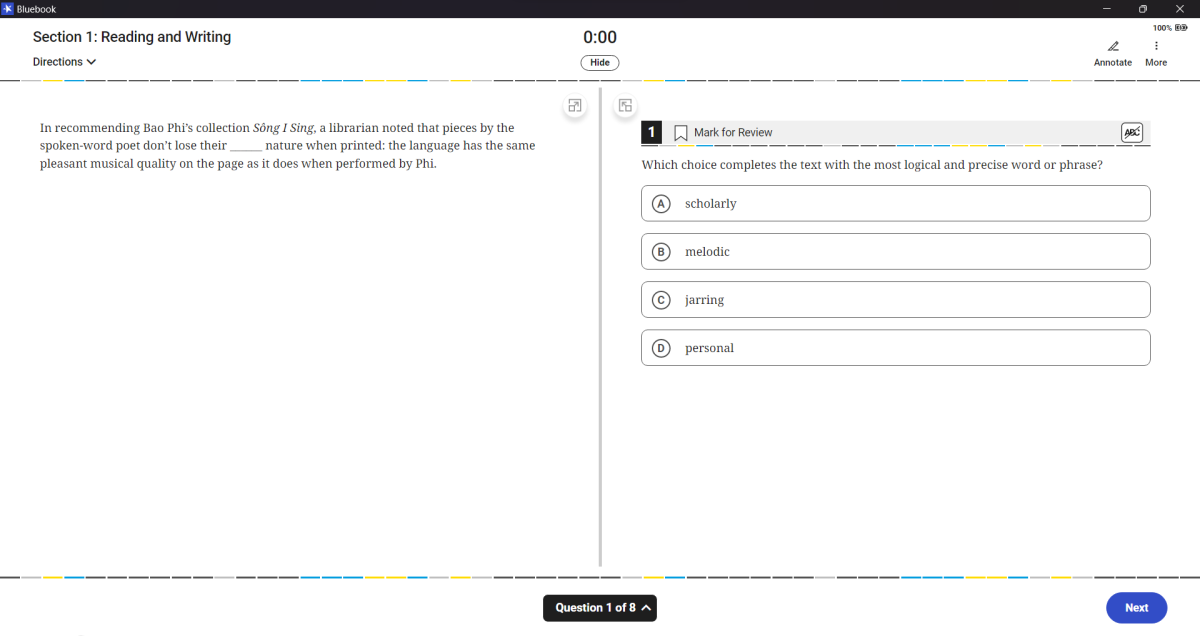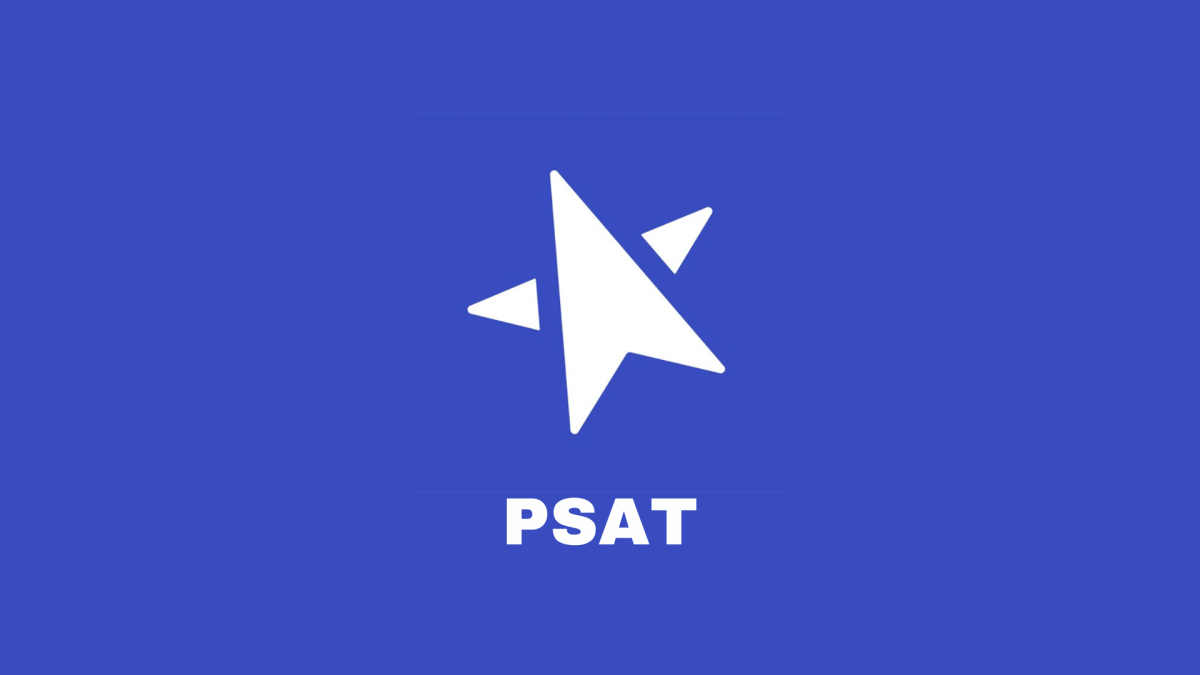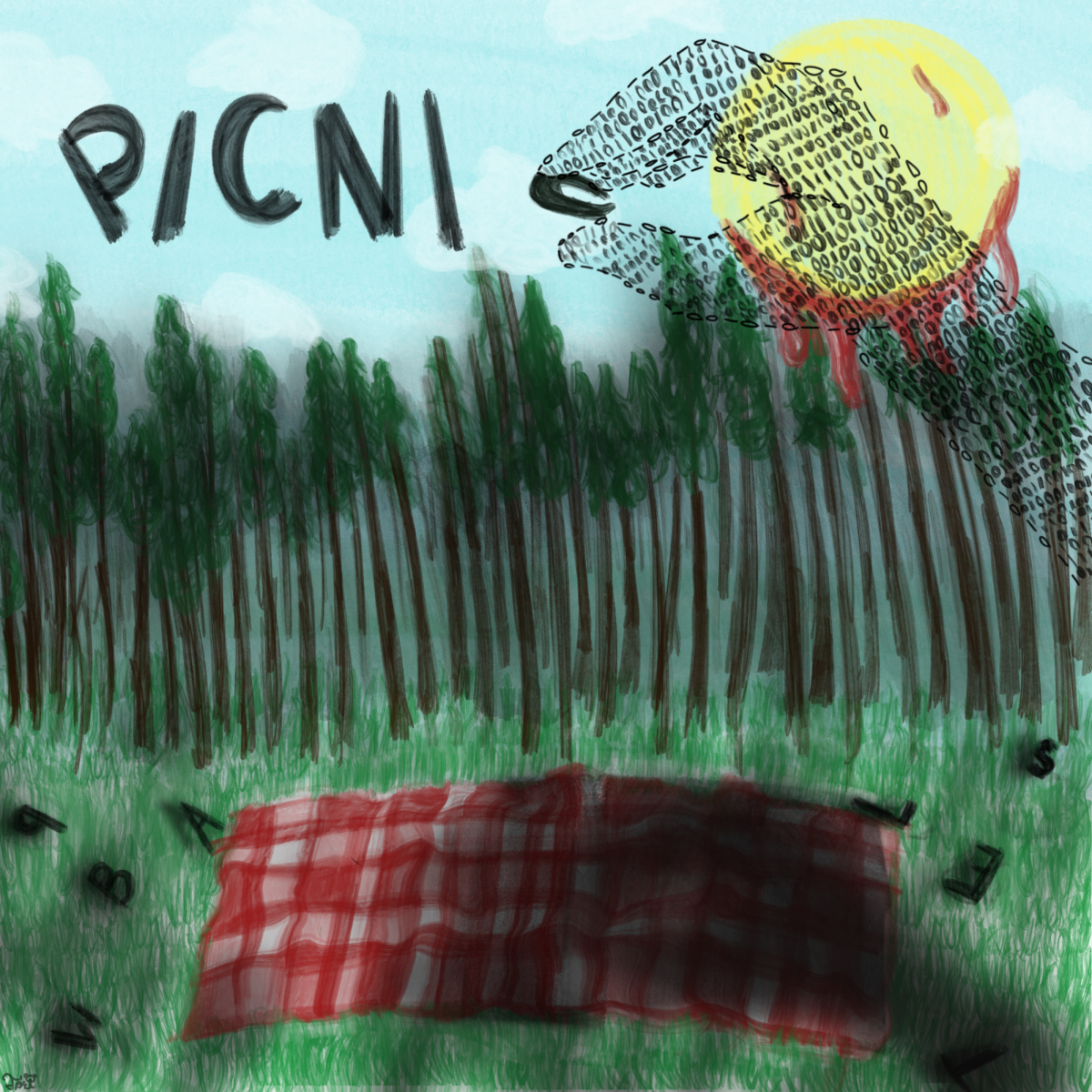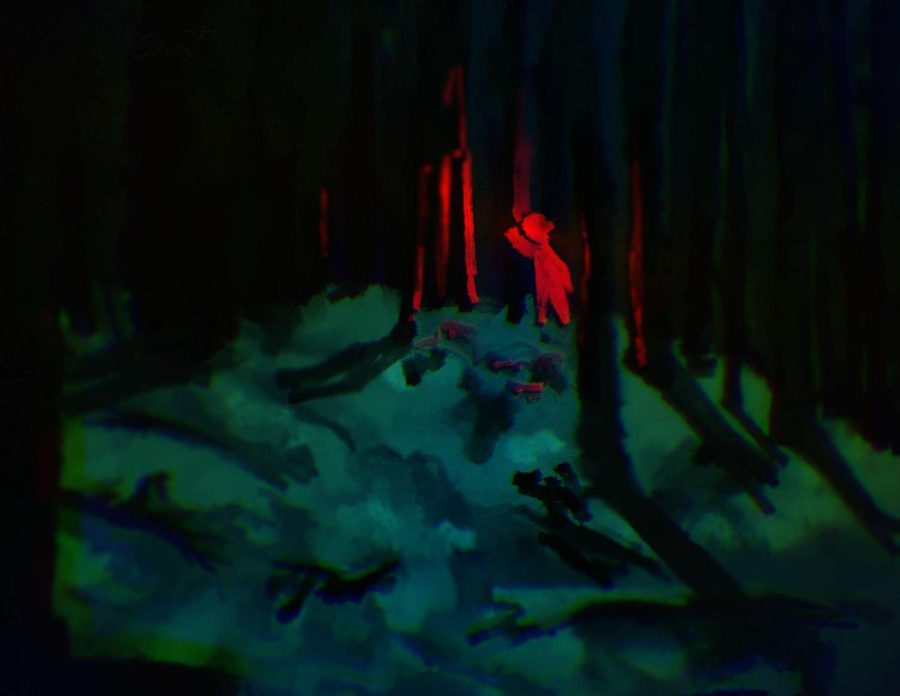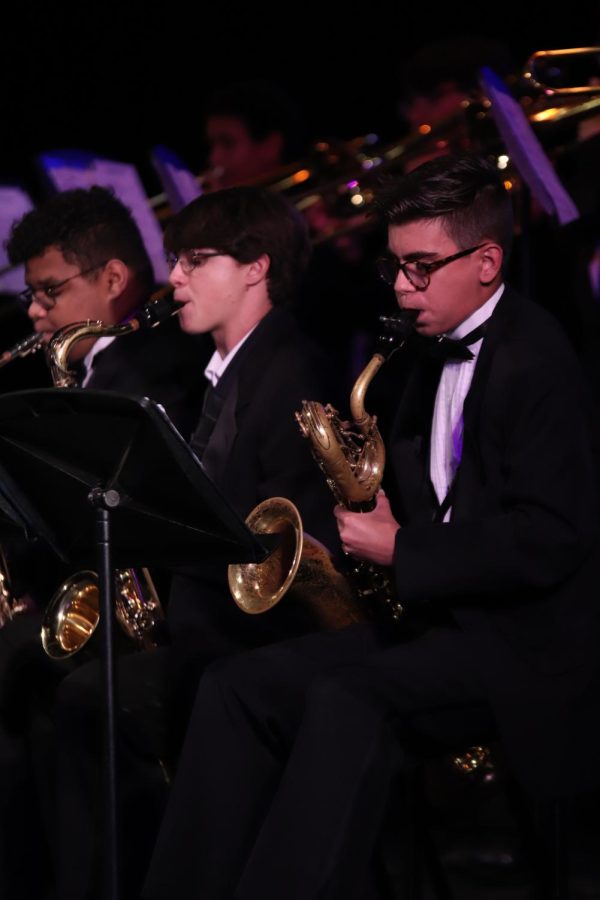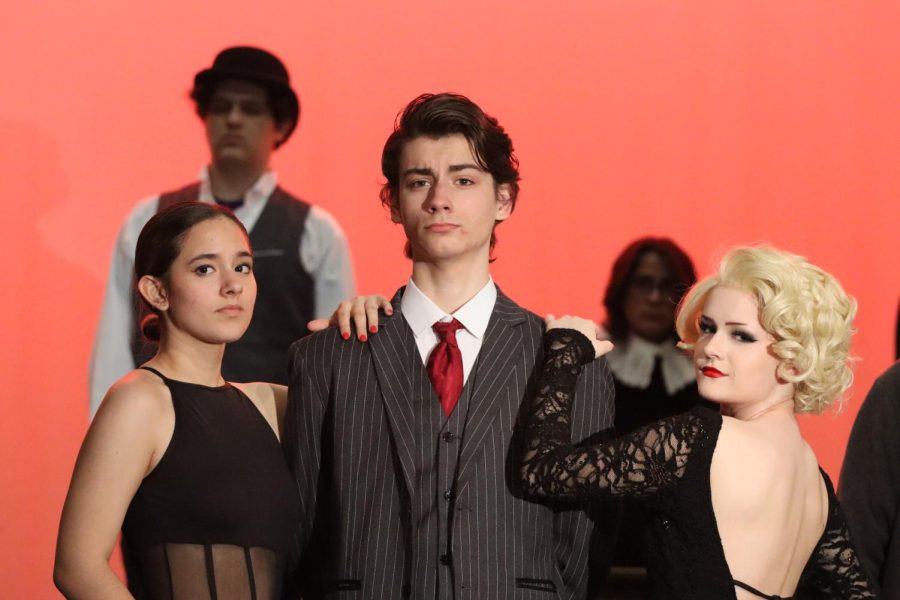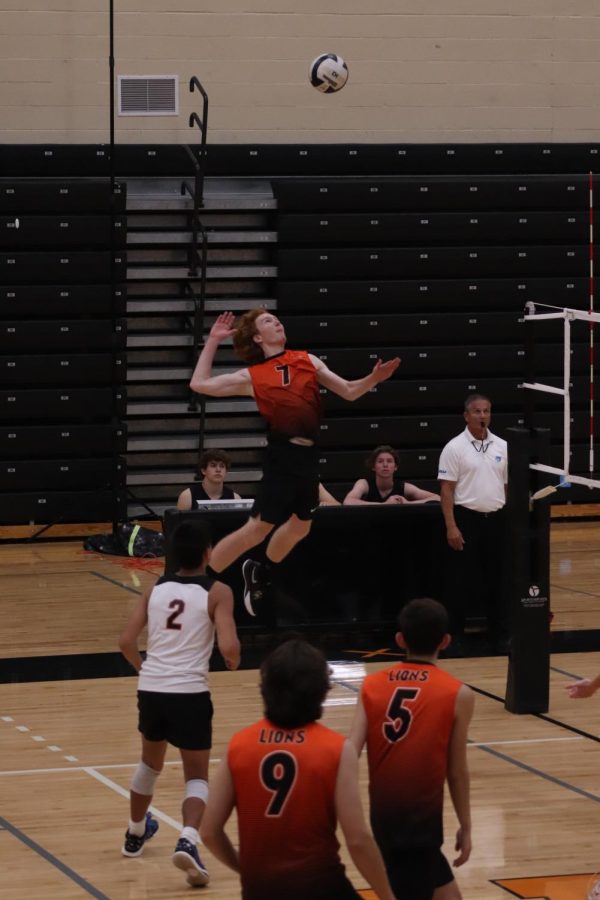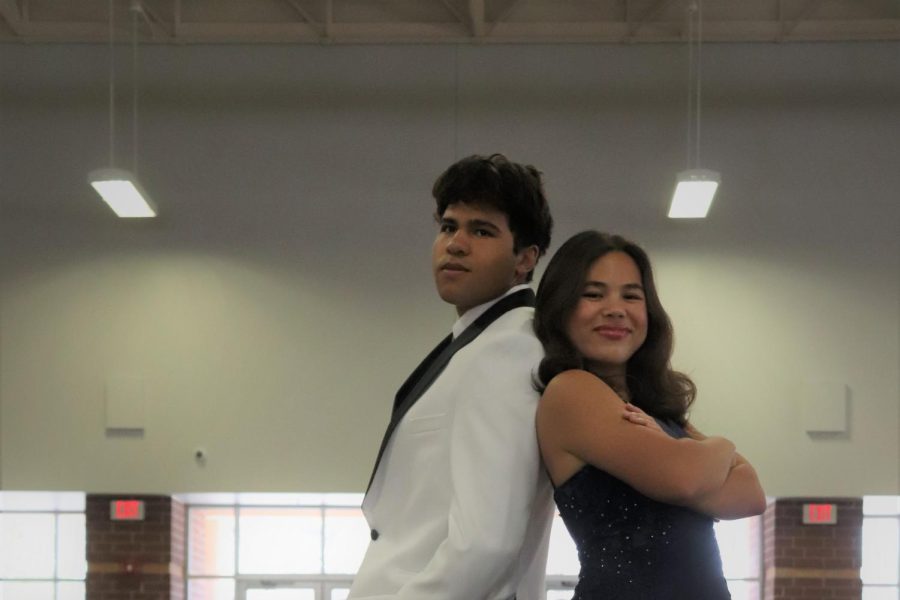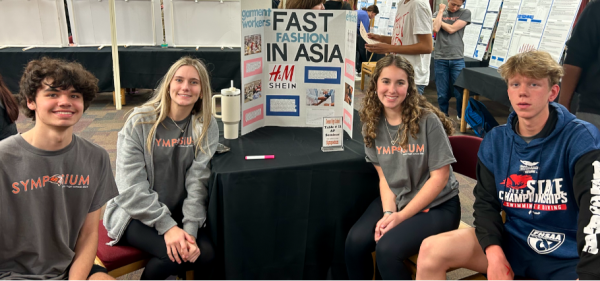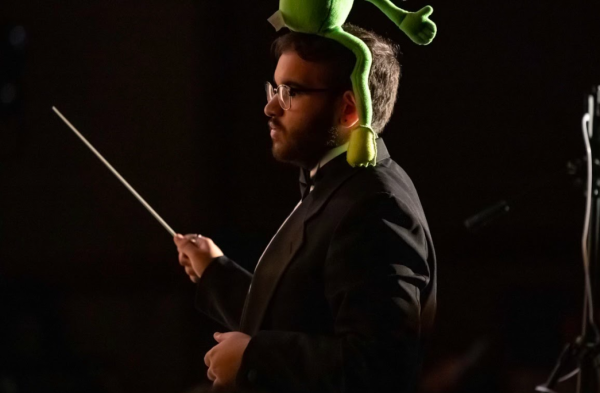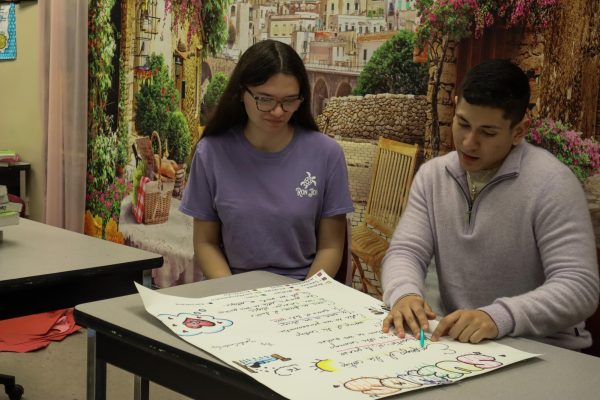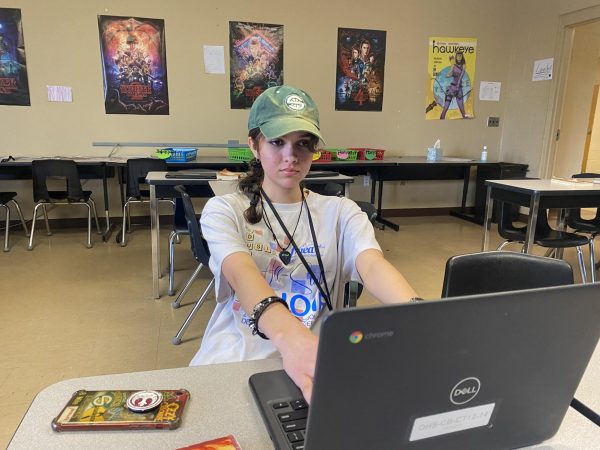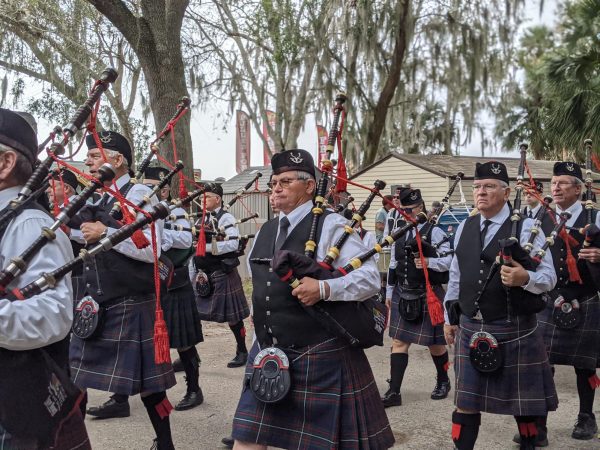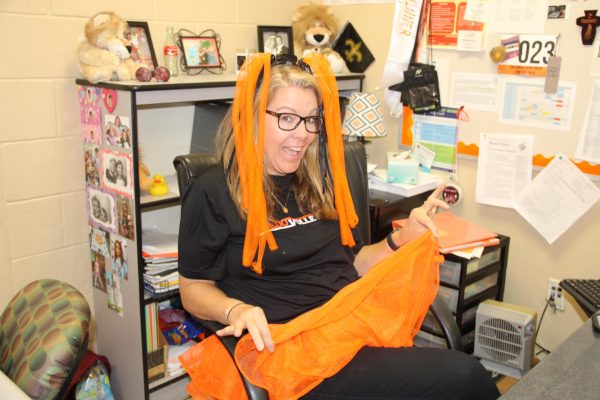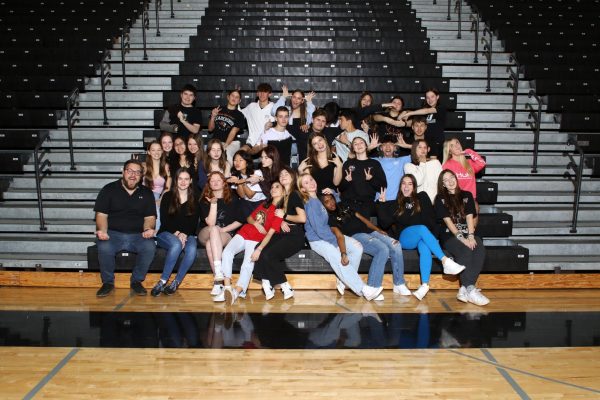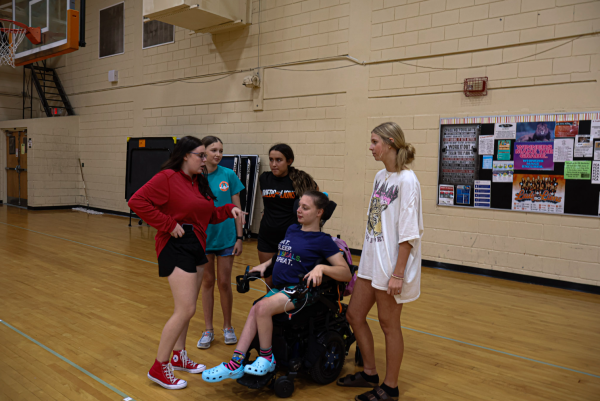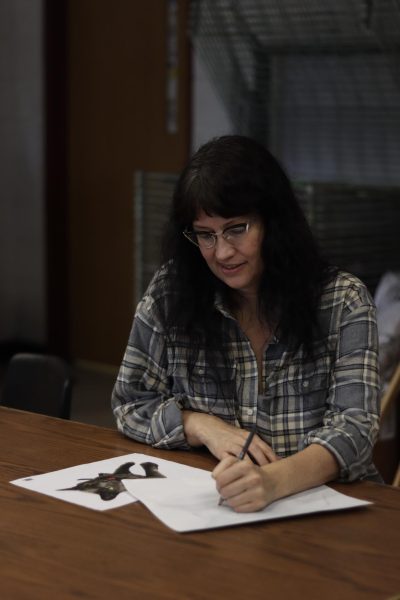Robotic Revolution: Interior design harnesses robots
This story originally appeared in the first edition of The Lion’s Tale (Sept. 14, 2016).
As part of the Robotics Initiative, SCPS high schools received 10 LEGO core robotics sets each. The goal of the robots is simply to enhance education in schools by using enterprising innovation.
“As an educational resource, the hopes are to use robots as the “learning tool” not just the lesson itself,” said Digital STEM Specialist of the Department of Teaching and Learning, Stan Palmer. “For example, the same way we use a protractor and compass as learning tools to learn about math, we want robots to serve as a learning tool for a multitude of subjects. While using it to enhance course work, students are also exposed to computer science.”
Interior design teacher Jaince Latimer dreamed about introducing technology into her classroom; her dream has finally come true.
“I think it will open eyes to newer possibilities,” Latimer said. “I think it’s a fun way to challenge [students], and it gets them to seek a career that’s more exciting and not be afraid to try anything.”
Originally a project-based class of designing real-life rooms, interior design is taking a new route with robots.
“It won’t just be so much the interior design part, it will encompass more technology, innovation, and newer ideas,” Latimer said. “It’s going to require higher thinking skills and mean that [students] need to think outside the box to be more than they have in the past.”
Although dynamic changes are occurring to interior design, student opinions, like junior Fiona Femminineo’s, encompass positivity.
“I feel interior design will change for the better, that incorporating robots will add more of a new creative outlet, while incorporating more of the industrial side to the class,” Femminineo said.
The biggest challenge these robots will face is a yearly event, put on by all levels of interior design classes to showcase their accomplishments of the year, called Eye Extravaganza. This year, interior design classes will band together to create a real-life Mars expedition model to be put on showcase at Extravaganza in April.
“My students will have to collaborate in groups to do research to decide what different stations we need [for the Mars project],” Latimer said. “Similar to the building of a house, you need your social zones, your living zones, your bathrooms, your kitchens. We’ll need bathrooms, a waste remover, food storage, etc.”
Latimer’s biggest inspiration for everything she does, she said, is helping her students excel and make memorable experiences in her class.
“I’m inspired always by my students, that’s my number-one inspiration, and I’m always seeking to find ways to make my class not the normal everyday class,” Latimer said. “I’m excited to see them do it, and excited to see the robots. We have a very good response from Eye Extravaganza every year; I can’t wait for the parents to see it.”
Latimer said parents, especially fathers, have been skeptical of her program, and her biggest roadblock to building up her program. However, her program has also brought immense admiration.
“[In] my first couple years teaching, fathers were doubtful of how this was going to help their children; they thought that they were only doing paper dolls and playing with fabrics, which a lot of people to this day still think that’s all we do,” Latimer said. “But over the years, my fathers have learned to respect my program.”
Your donation will support the student journalists of Oviedo High School. Your contribution will allow us to purchase equipment and cover our annual website hosting and printing costs. Thank you!

